Newly Opened Arctic Museum Surprises, Delights, and Challenges Assumptions
By Rebecca Goldfine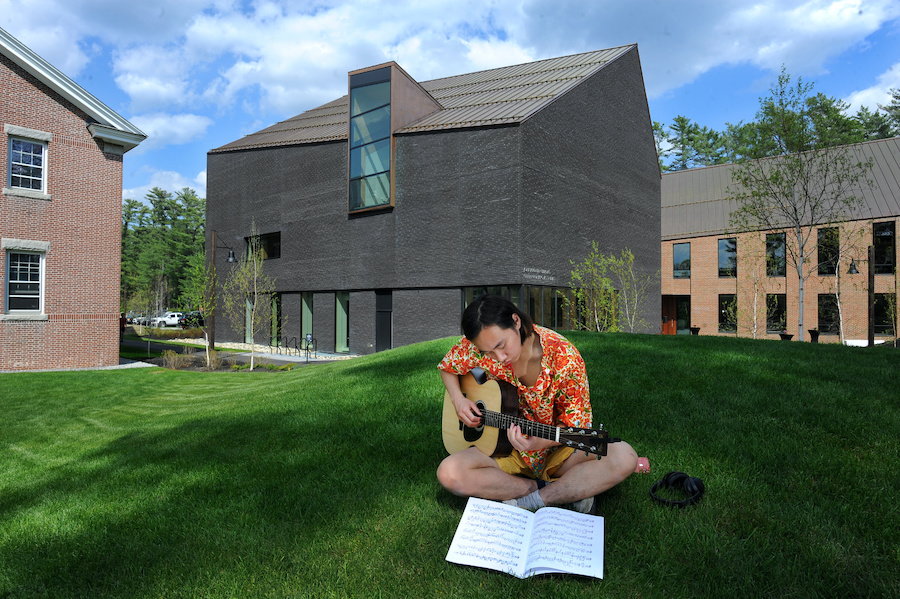
On its "soft" opening Friday, May 26, more than five hundred visitors toured the Arctic Museum galleries. (More than 900 people visited during Reunion the following week, 500 of them on Saturday alone.) As new arrivals entered the airy and bright lobby, they were greeted by cheerful Outreach Coordinator Jamey Tanzer.
Tanzer said staffing the front desk at the new museum is joyful compared to the old location tucked away in Hubbard Hall. That space was dim and shadowy, and too small for the museum's growing collections, programming, and ambitions.
"These windows, with the trees and grounds, they are such a delight," Tanzer said, gesturing to the lobby's large windows that look out on an artful terrace suggestive of an Arctic vista, with iceberg-like marble slabs and small landscaped hillocks.
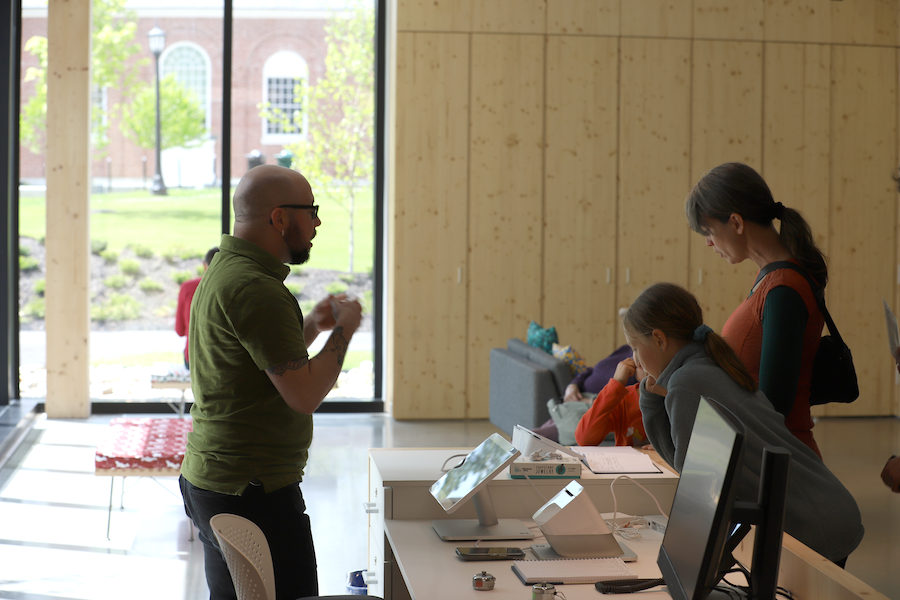
The Arctic Museum staff say they're thrilled to have finally moved into the Gibbons Center after waiting more than two decades for a bigger, better site. The center was dedicated May 11 and opened to the public May 30 (after first inviting families on campus for Commencement to visit on Friday, May 26).
Museum Curator and Registrar Genevieve LeMoine said the larger space—which includes classrooms and offices as well as galleries, all climate-controlled—will allow the museum to increase educational programs, especially for children.
She also hopes the museum "delights, surprises, and challenges people's assumptions about the Arctic. We have a diverse assortment of things, and a lot of what we're trying to do is disrupt people's stereotypes of the Arctic as desolate and forbidding and dangerous."
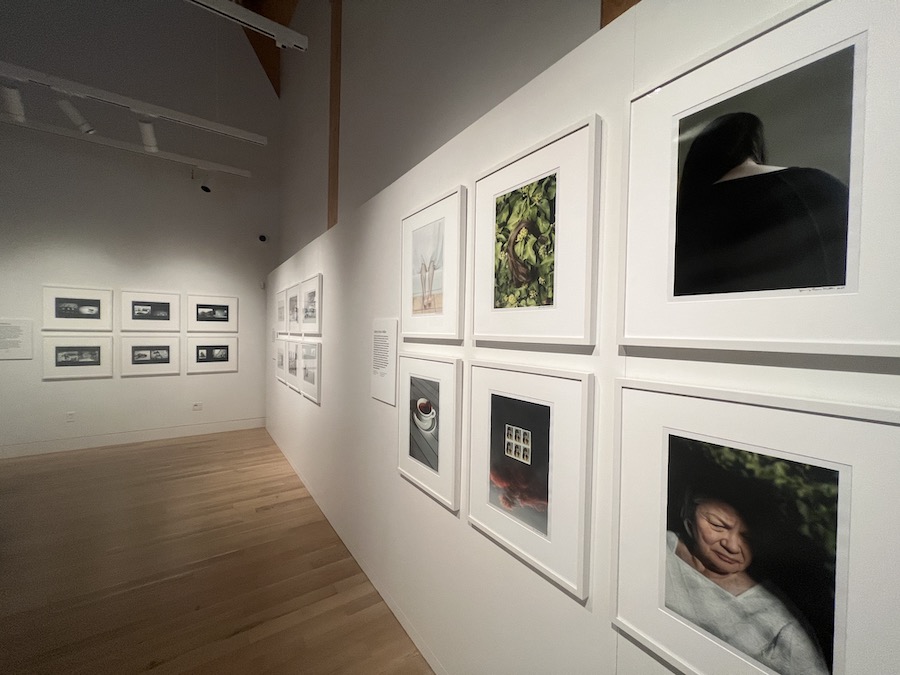
Both she and Professor of Anthropology Susan Kaplan, who directs the Arctic Museum and Arctic Studies Center, pointed to one of the current exhibits as particularly effective at dismantling preconceptions. Iñuit Qiñiġaaŋi: Contemporary Inuit Photography was curated by Iñupiat photographer Brian Adams and includes works by him and four other artists.
"The photos are terrific and very diverse," LeMoine said. "They really do what I hope the museum as a whole will do. Yes, there is an iceberg, but there is so much more." The photos address a range of topics, from "troubling colonial histories to everyday activities taking place against backdrops of remarkable beauty and urban and rural built environments," the wall plaque says.
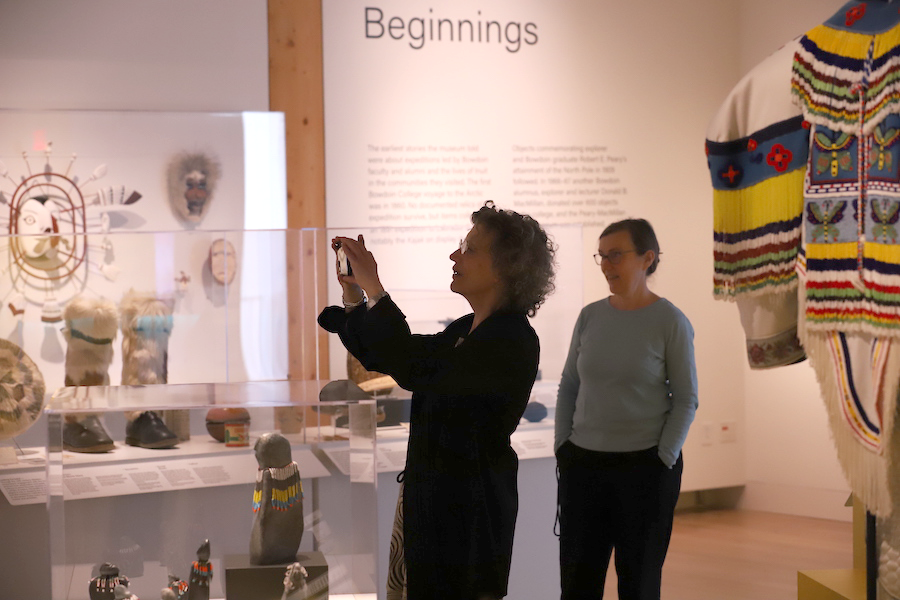
The collaboration with Adams is just the start of a new direction for the museum, Kaplan said. "We hope we can find more Inuit and Indigenous curators and artists to work with. It's a good opportunity for the campus to get an insider's view of the Arctic, and it is capacity-building for the artists as they get more exposure."
Adams and two of the photographers in the show will visit campus this September to give a public talk and speak with classes. The exact dates are still to be scheduled.
Kaplan and LeMoine started an initiative to collect contemporary Inuit photography after getting excited by the emerging art they saw in the region. While the museum's photograph collection is a "treasure trove" that documents over 150 years of the changing Arctic, most of the images have been taken by outsiders. The new collecting initiative will feature insiders’ views of the north.
Andy Platt ’66 and Carolyn Platt funded the purchase of the thirty prints that constitute the founding collection of contemporary Inuit photographs. The photography exhibit was made possible by donations from the Platts and the Rebecca Rowe ‘97 Fund for Arctic Studies.
The founding collection is a strong start, and Kaplan said she "would love to see more Indigenous representation hanging on our walls."
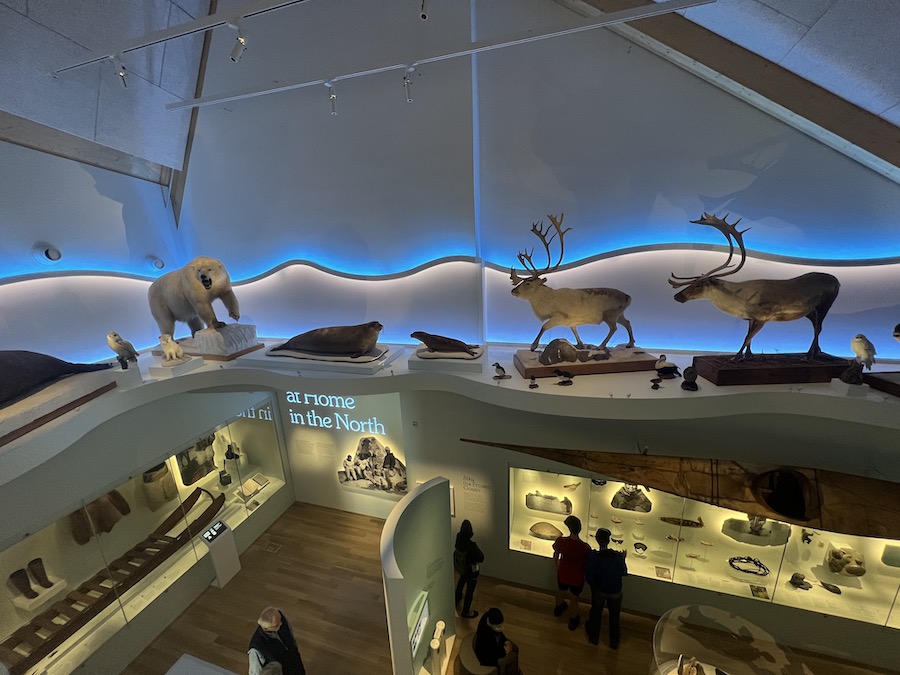
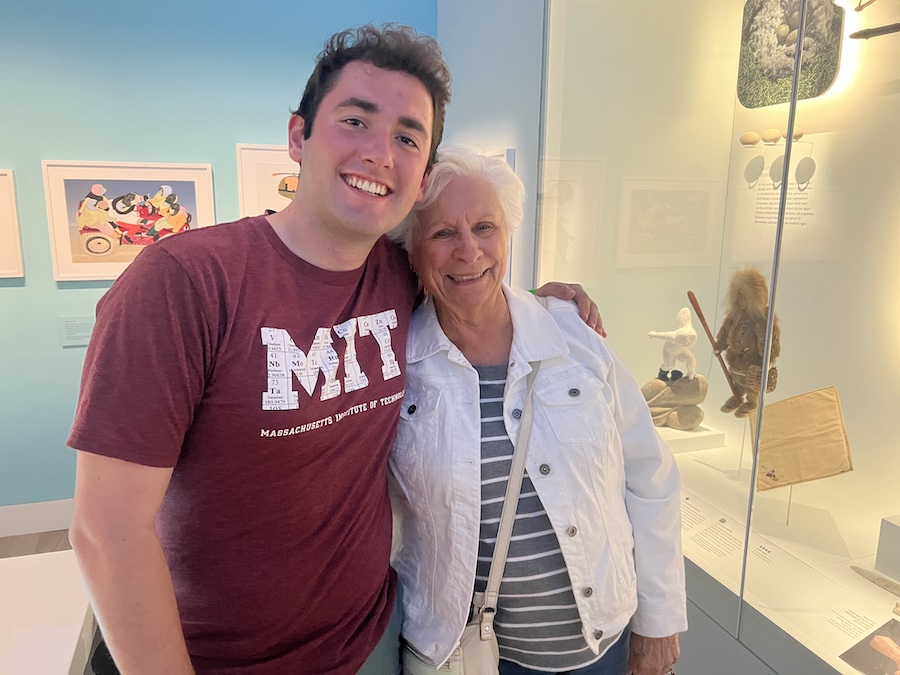
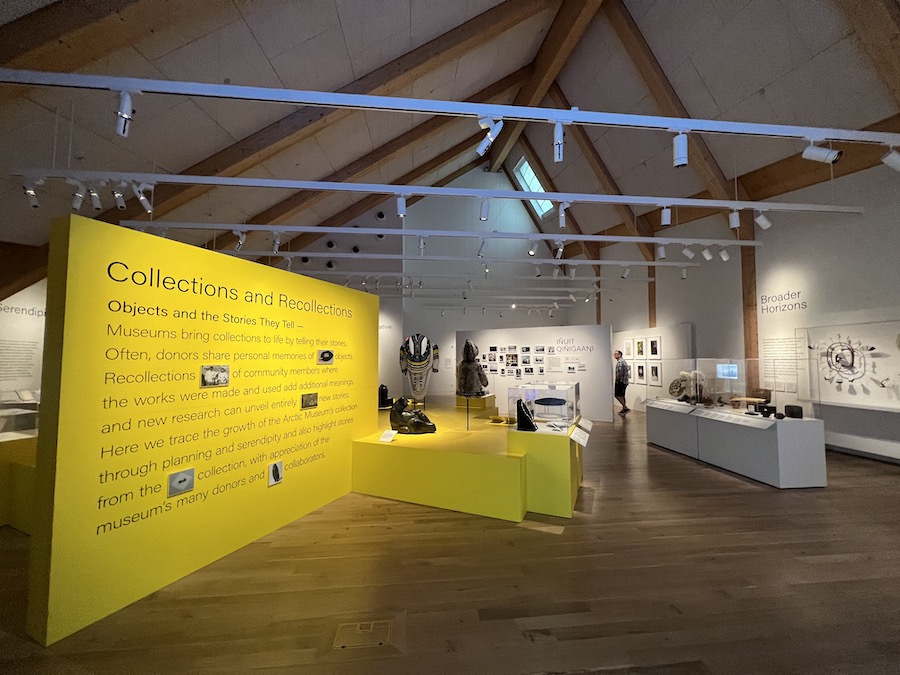
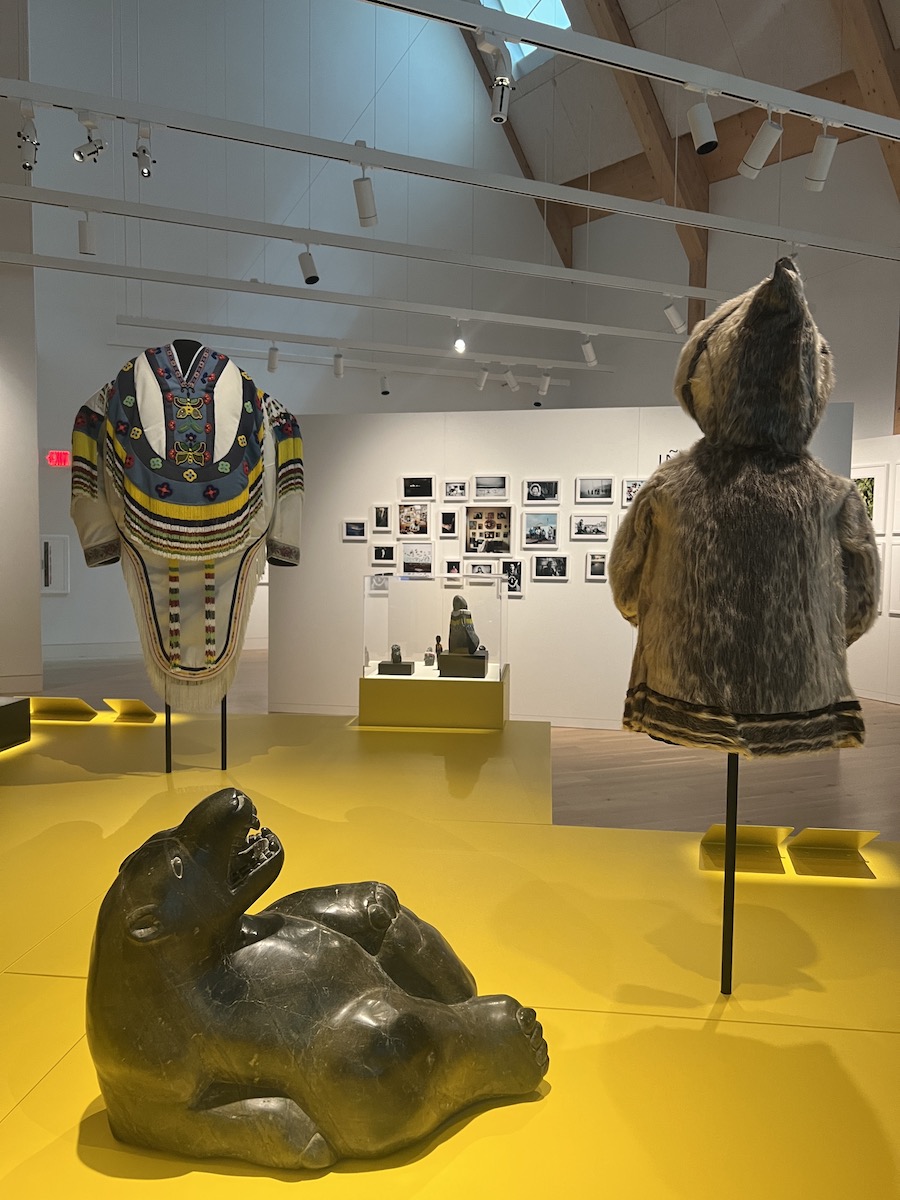
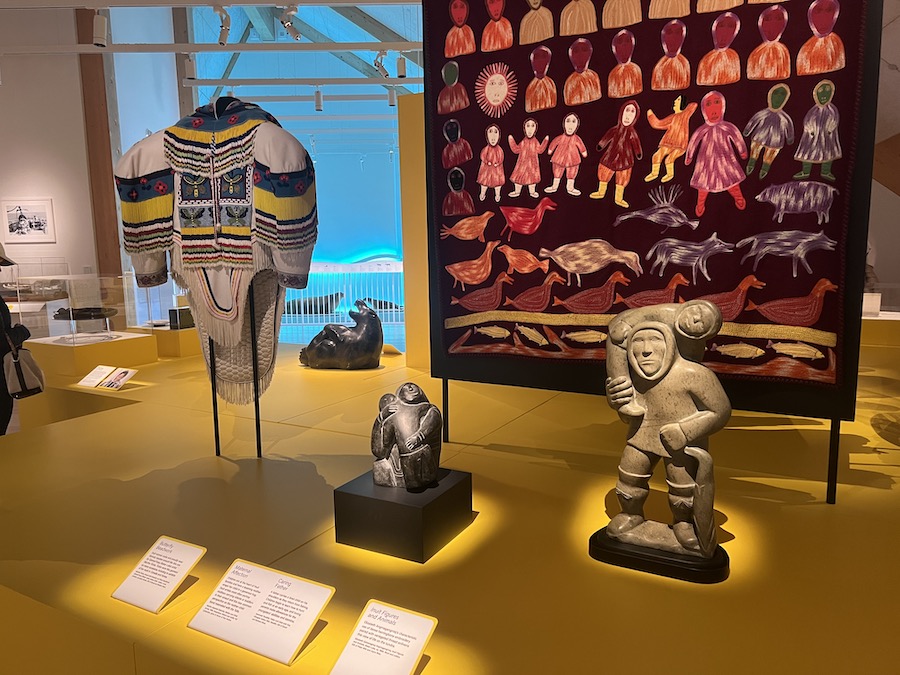
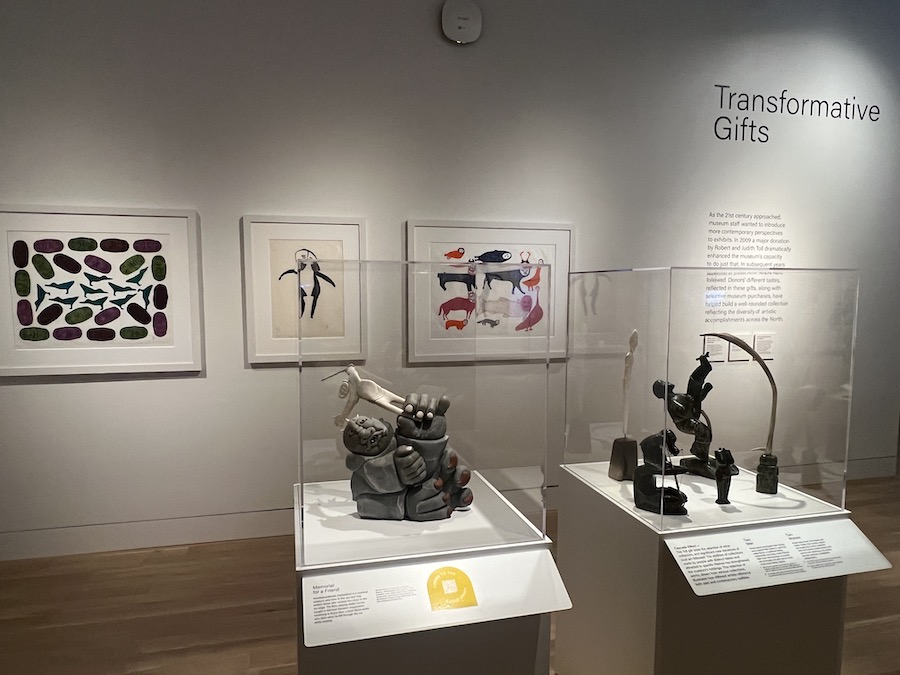
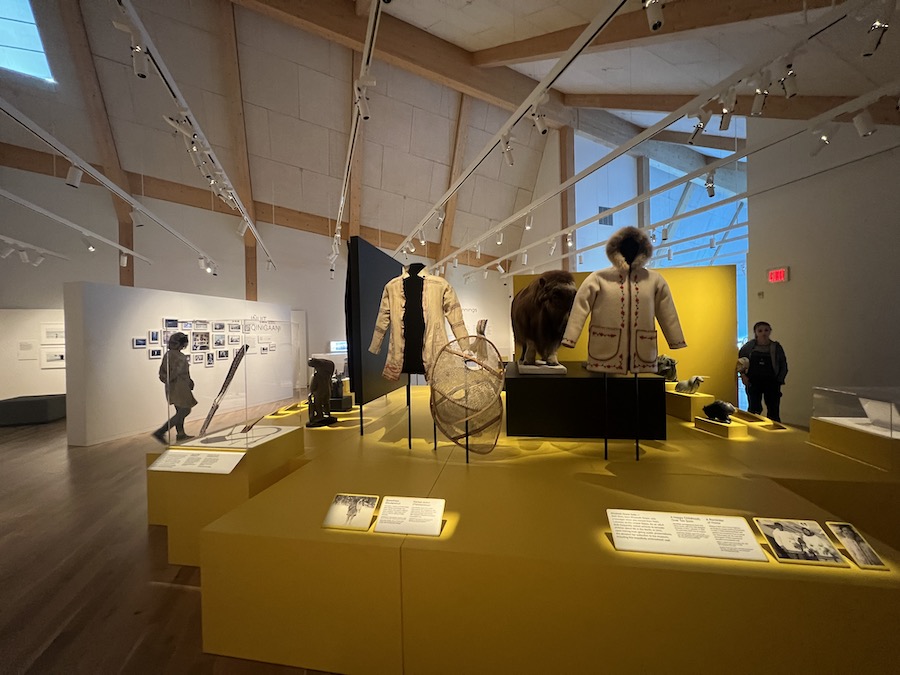
Other exhibits on display
In addition to contemporary Inuit photography, there is a secpnd exhibition on the museum's third floor called Collections and Recollections: Objects and the Stories They Tell, which shares stories of how the Arctic Museum's collection has developed over the years.
"It starts with old favorites from the MacMillan and Peary years but then looks at how the collection has grown," LeMoine said, including the addition of more contemporary Inuit art. (LeMoine was referring to Donald B. MacMillan, Class of 1898, and Robert E. Peary, Class of 1877, who were famous Arctic explorers and supplied many of the museum's 41,000 objects.)
Collections and Recollections "is interesting because it documents the way our collecting has changed and how museums in general have changed over the years, as people's perceptions of what should be collected, and the stories we want to tell, are changing," LeMoine said.
The semipermanent exhibit on the second floor, At Home in the North, is the first one most guests will encounter as they walk up the stairwell. LeMoine said its themes reflect the open-minded attitude of Peary, who recognized that the North was a hospitable home for many skillful and knowledgeable people. "He succeeded [in his Arctic travels] because he saw that there were people living there quite successfully, and he realized that if he learned how to live like them from them, he would do fine," she said.
At Home in the North also explores historical and modern-day Inuit life, "looking at the resilience of contemporary Inuit communities and the struggles they're facing as they try to overcome the challenges of colonialism and climate change," LeMoine said.
"Hopefully," she added, "it will give visitors a picture of the Arctic that is not the one they necessarily came in with."